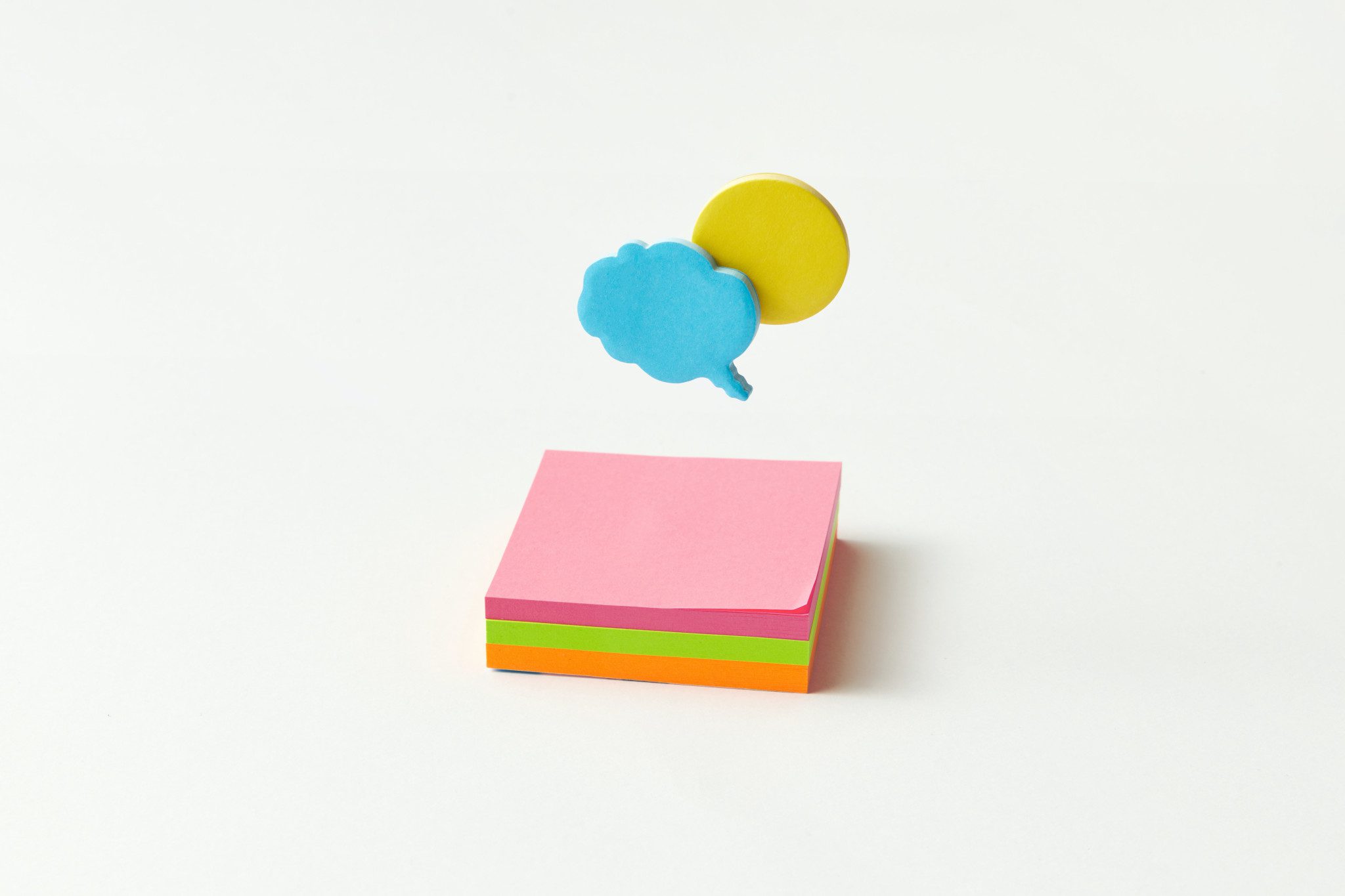One of the benefits of using Kialo Edu discussions is their potential for student engagement and active participation. Whether students are sharing knowledge, solving problems, or offering their opinions, classroom discussions can be incredibly enriching. And making sure a discussion gets off on the right foot can make all the difference!
It goes without saying that educators want students to feel confident in having ideas to contribute to a class discussion. To that end, here are some ideas to help you jump-start a Kialo Edu discussion and get students over any initial hurdles!
Activities to introduce a Kialo Edu discussion to students
Before starting a Kialo Edu discussion with your students, lay the groundwork for a successful learning experience by sparking students’ curiosity to get them thinking about the topic at hand.
Introductory activities can activate a student’s prior knowledge to help them make connections between the upcoming discussion and previously learned material. Such warm-up activities can also promote interaction and collaboration to help students feel comfortable expressing themselves.
1. Set pre-class tasks to prepare student knowledge on a discussion topic
Setting pre-class tasks gives students the opportunity to prepare for a Kialo Edu discussion at their own pace and come to class ready to participate.
If the planned Kialo discussion touches on a topical issue, such as climate change or AI, assigning students to read news articles from varying perspectives can ensure they come to class informed on the topic.
Similarly, having students answer guiding questions in advance can help them explore the facts of a discussion so that they can back up their ideas. And, if they’ve participated in a Kialo discussion on a related subject in the past, tasking them to review it can refresh and reinforce their knowledge.
Whatever type of pre-class task you assign, encourage students to come to class with questions prepared to explore together. This optimizes valuable class time while supporting students in taking a level of responsibility for their own learning.
2. Pose open-ended warm-up questions to activate student knowledge

Warm-up questions are classic for a reason. They work well with students of all ages and for both complex and more straightforward topics. They can be answered in small groups, individually, or as a whole class activity.
To creatively engage younger students, you can even have them show their responses in a drawing before starting a more focused Kialo Edu discussion.
As with pre-class tasks, the approach to this can vary according to the Kialo Edu discussion ahead. For example, simple questions are good for quickly activating prior knowledge.
Even better, try asking questions that personalize the topic or connect it to real-world applications. This can prompt students to consider their own experience with the subject matter.
Questions can also be more speculative in nature. For example, on the topic of colonizing other planets, teachers might ask students to imagine what life might be like on a new planet for settlers. This helps broaden the view of a topic and prompts critical thinking by bringing a new angle to the question at hand.
In any case, asking these thoughtful open-ended questions gives students the chance to recognize their own relevant knowledge and experience with the topic so they can begin to form a position.
3. Brainstorm ideas and angles to increase student collaboration
Brainstorming is a relaxed, low-stakes way to focus students’ attention on the topic and get their creative juices flowing! It also sets a collaborative tone for the discussion ahead as it actively involves students from the outset.
Before a whole class discussion, consider putting students in smaller groups first for the brainstorming activity. Students will have a better chance to contribute in their groups before facing the whole class.
As a discussion may involve complex or contentious issues, it’s a good opportunity to help students develop their media literacy skills through brainstorming good sources of information.

They can even brainstorm ways to recognize less trustworthy sources of information or reasons why a topic is contested in the media. This can serve to depersonalize the discussion thesis and encourage students to consider other perspectives.
For a challenge, prime students to consider a Kialo discussion from multiple perspectives by asking them to brainstorm all the potential interested parties in the topic. For instance, how many potential stakeholders can they come up with in a discussion on whether lab-grown meat could be a useful tool for fighting climate change? They’re sure to come up with a lot to help frame the discussion!
4. Make use of quotes to engage students

When it comes to setting up a thoughtful discussion, exploiting quotes is a favorite among educators. And for good reason! Well-chosen quotes can provoke an emotional response and quickly get students thinking and talking about the topic.
What’s more, quotes can foster critical thinking skills by exposing students to diverse viewpoints and opening their eyes to different ways of approaching the thesis.
Using relevant quotes from public figures or experts helps highlight current talking points on a topic while setting the context for the discussion. Ask students to consider a selection of quotes and discuss the differences and similarities in the ideas. Older students can hone their research skills by seeking out their own relevant quotes to share as a pre-class task.
A number of Kialo Edu templates already include quotes for your use in the background info. For example, the discussion considering whether Jane Eyre is a feminist novel sets the scene for students with an opening quote to explore the novel’s historical context.
5. Integrate media to jump-start student interest in a discussion topic
Using media to capture students’ attention and generate interest in a topic is another effective and popular approach. And the benefits of having students evaluate and interpret images and videos go far beyond a single activity. Visual literacy skills are vital today to give students the tools to navigate an online world full of manipulated images and increasingly sophisticated deep fakes.
Images can also make the abstract more concrete for students. Kialo Edu discussions aim to connect classroom content to what is happening in the world today, and introducing discussions with images can reinforce that objective.
Using pictures of artifacts under dispute for the discussion of whether the British Museum should return artifacts to their countries of origin, for instance, provides a clear representation of what is at stake going into the discussion.
Short videos with experts or those with first-hand accounts of the topic are a dynamic way to contextualize a Kialo Edu discussion. Such videos can present contrasting viewpoints, current scenarios, or simply needed background information.
6. Use the Background Info to introduce discussions to students
Whether you use it to introduce the main arguments directly, add links to sources for background reading, or outline instructions to make participation expectations clear, the Background Info is a convenient place to introduce students to a discussion.

Many of our ready-made discussion templates come with an age-appropriate short text which you can easily customize to better suit your lesson objectives. These texts lay out the broad arguments on the topic, ready for students to expand on and explore in more detail.
To kick off a brainstorming activity, write only the discussion thesis on the board and have students individually jot down as many pros and cons as they can think of. Then, direct them to read the Background Info to see which of their ideas have been included there.
Alternatively, encourage students to reflect on the Background Info before starting the discussion. Ask them to make a note of their initial impressions or expected opinions on the thesis, identifying concepts they want to know more about and any personal connections to the topic.
This also sets them up for reflection time after the activity by giving them a measure against which to observe their own development.
We know teachers spend a lot of time considering how best to make their activities successful and we’d love to hear some of your tips and tricks! Let us know by getting in touch on social media, or directly at feedback@kialo-edu.com!

